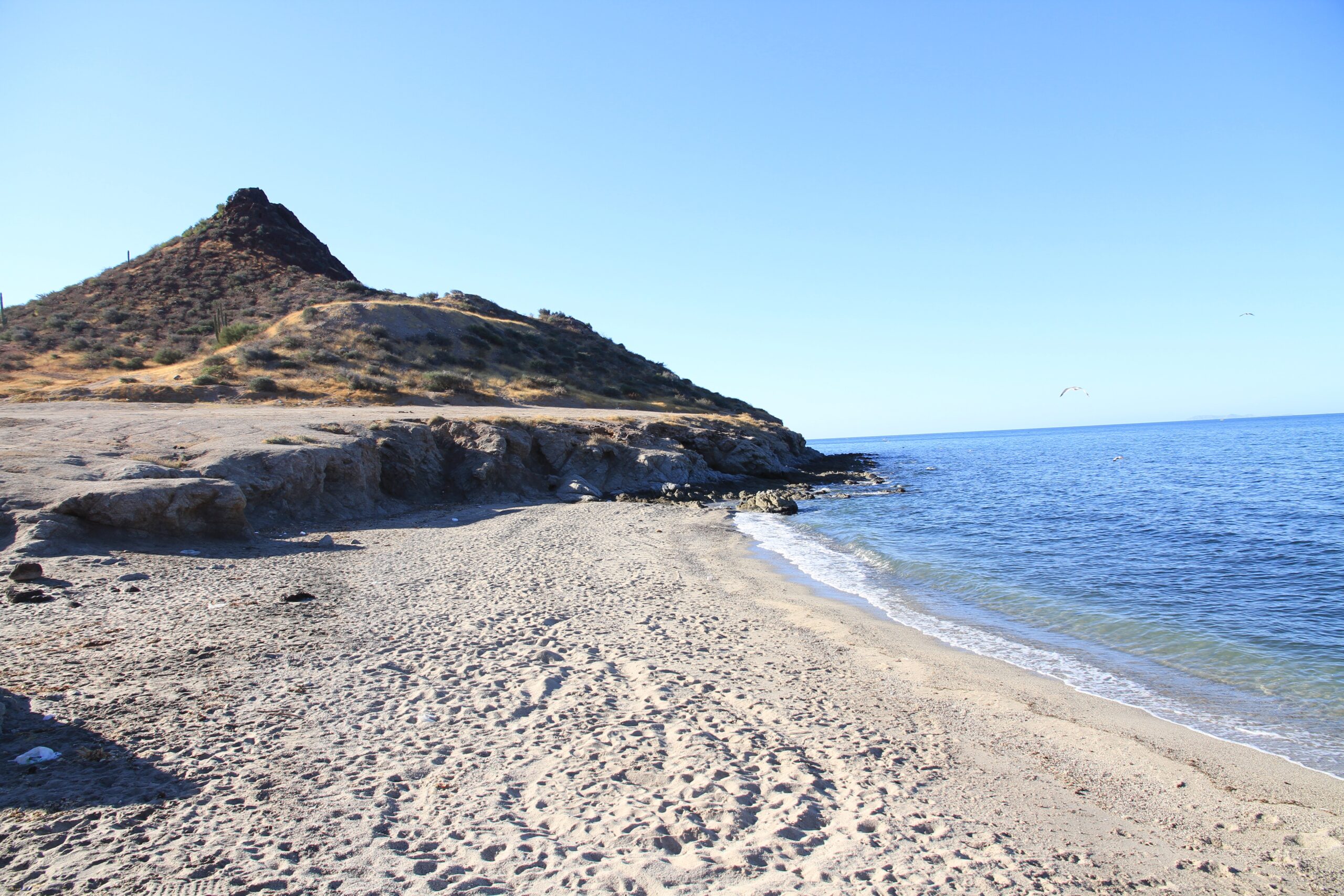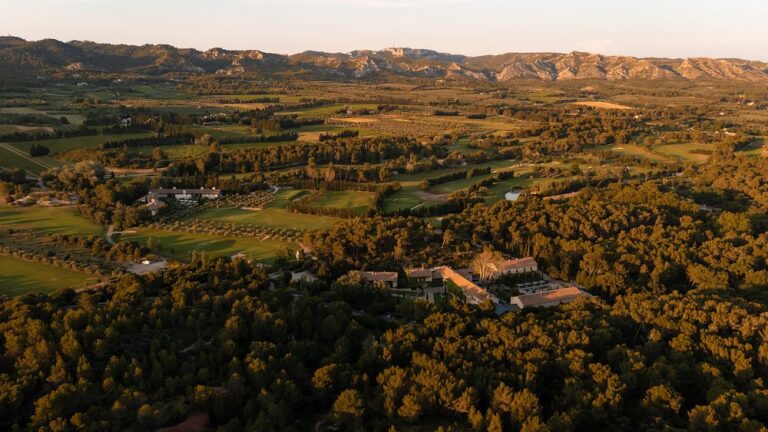18 Beaches in Mexico That Have Lost Their Safe Status

Mexico’s coastlines are famed for their stunning beaches, crystal-clear waters, and vibrant marine life. However, not all shores remain the paradisiacal retreats they once were. From rising crime rates to environmental concerns, several once-popular spots have seen better days. This list sheds light on 18 beaches that tourists might want to think twice about visiting, ensuring your next beach holiday is both safe and enjoyable.
1. Playa Norte (Victim of Overcrowding)

Playa Norte, once a secluded paradise, has fallen victim to its own beauty, attracting crowds far beyond its capacity. The once pristine waters are now troubled by pollution, making swimming less appealing. The beach’s infrastructure struggles to keep up with the influx, compromising both safety and hygiene. Increased reports of petty theft have also become a concern. It’s a classic case of a hidden gem becoming too popular for its own good.
2. Acapulco Beach (Rising Crime Rates)

Acapulco was once the go-to vacation spot for the rich and famous, but its reputation has taken a hit due to escalating violence. The city has been grappling with gang-related activities, affecting even its once serene beaches. Tourists are advised to be extremely cautious, especially after dark. The decline in safety has been a significant blow to local businesses and the overall atmosphere. It’s a stark reminder of how quickly a paradise can turn into a cautionary tale.
3. Playa del Carmen (Water Pollution Issues)

Playa del Carmen’s shores are facing serious water quality issues, with pollution levels on the rise. This is partly due to inadequate waste management and the rapid pace of development in the area. Swimmers and snorkelers are increasingly reporting poor water visibility and unpleasant conditions. Marine life has also suffered, with coral reefs showing signs of stress and disease. These environmental concerns have put a damper on the beach’s appeal.
4. Tulum Beach (Seaweed Invasion)

Tulum’s coastline, once picture-perfect, is now frequently marred by mounds of seaweed washing ashore. This natural phenomenon, known as sargassum, not only spoils the view but also emits an unpleasant odor as it decomposes. The cleanup efforts are ongoing, but the sheer volume can be overwhelming. This issue has led to a noticeable dip in tourist satisfaction. The seaweed invasion is a natural challenge that Tulum is struggling to overcome.
5. Puerto Vallarta (Unsafe Water Activities)

Puerto Vallarta’s beaches have seen a troubling increase in reports of unsafe water activities. From unregulated jet ski rentals to parasailing accidents, the thrill of adventure often comes with heightened risks here. Tour operators sometimes neglect safety standards, putting visitors in harm’s way. The local authorities are working to clamp down on these practices, but progress is slow. It’s a reminder to always vet adventure activities before diving in.
6. Mazatlán (Affected by Erosion)

Mazatlán’s beaches are slowly disappearing due to erosion, a problem exacerbated by construction and natural wear. The once-wide sandy beaches are now significantly narrower, affecting the quality of the beach experience. This erosion also poses a threat to local wildlife habitats and the natural beauty of the area. Efforts to combat the erosion have had limited success. It’s a concerning trend for a destination known for its picturesque coastlines.
7. Cancun (Commercial Overdevelopment)

Cancun is battling the consequences of commercial overdevelopment, with its beaches losing their natural charm. The shoreline is now dominated by high-rise hotels and resorts, leaving little space for nature to thrive. This development has also led to increased pollution and disturbances to marine life. The once secluded spots are now hard to come by, affecting the overall tranquility. Cancun’s example serves as a cautionary tale about the balance between development and preservation.
8. Manzanillo (Industrial Pollution)

Manzanillo’s beaches are suffering from the effects of industrial pollution, with nearby plants and shipping activities taking a toll on water quality. Swimmers often find themselves amidst debris and oil slicks, far from the pristine conditions expected. The local ecosystem, including fish and coral reefs, has been negatively impacted, leading to a decline in biodiversity. The charm of Manzanillo’s beaches is being overshadowed by these environmental issues. It’s a stark reminder of industry’s impact on natural beauty.
9. Ixtapa-Zihuatanejo (Unsafe at Night)

Ixtapa-Zihuatanejo, a dual destination famed for its beaches, has seen a rise in safety concerns, particularly after sunset. The area’s nightlife, once a major draw, is now a potential risk due to increased incidents of petty crime and muggings. Visitors are advised to stay within the confines of their resorts after dark. The local authorities have stepped up patrols, but the sense of security has diminished. This shift has put a damper on the once vibrant night scene.
10. Puerto Escondido (Dangerous Currents)

Puerto Escondido is renowned for its surfing, but the powerful currents that make it a surfer’s paradise can be perilous for the average swimmer. Every year, there are reports of swimmers being pulled out to sea by the strong undertow. Lifeguard presence is not as robust as needed, adding to the danger. This has led to a reputation for being one of the more hazardous beaches for swimming in Mexico. It’s a destination that demands respect and caution from all who visit.
11. Cozumel (Coral Reef Damage)

Cozumel’s coral reefs, once vibrant and teeming with life, are now showing signs of significant damage. The culprits include overfishing, boat anchors, and an influx of sunscreen chemicals in the water. Snorkeling and diving, while still popular, are not what they used to be in terms of biodiversity and coral health. Conservation efforts are in place, but the road to recovery is long and uncertain. The degradation of these reefs is a loss not just for Cozumel, but for the world.
12. Los Cabos (Overfishing)

Los Cabos is facing the challenge of overfishing, which has depleted local fish populations and disrupted the marine ecosystem. What once was a haven for anglers and seafood enthusiasts is now a shadow of its former self. The reduction in marine life also affects the appeal of snorkeling and diving in the area. Efforts to implement sustainable fishing practices are underway, but change is slow. This issue serves as a reminder of the delicate balance between enjoying and conserving natural resources.
13. Veracruz (Oil Spills)

Veracruz’s beaches have been marred by occasional oil spills, a consequence of offshore drilling activities. These spills not only spoil the beach’s aesthetic but also pose serious risks to wildlife and the health of swimmers. Cleanup efforts are often slow and inefficient, leaving locals and tourists to deal with the aftermath. The impact on the local fishing industry has been profound, affecting livelihoods and the community’s well-being. It’s a situation that highlights the environmental costs of energy production.
14. Holbox Island (Threatened by Over-Tourism)

Holbox Island, once a secluded refuge, is now on the brink due to over-tourism. The island’s infrastructure is struggling to keep pace with visitor numbers, leading to resource depletion and environmental degradation. Waste management has become a critical issue, with litter and sewage affecting the island’s pristine conditions. The charm and tranquility that once defined Holbox are at risk. It’s a poignant example of the need for sustainable tourism practices.
15. Playa Mujeres (Security Concerns)

Playa Mujeres has seen an uptick in security concerns, with incidents of theft and harassment tarnishing its reputation. The area, known for its luxury resorts and untouched beaches, is now grappling with the challenges that come with increased popularity. Visitors are advised to be vigilant and to safeguard their belongings while enjoying the beach. Local law enforcement is working to restore a sense of safety, but the perception of risk persists. This shift challenges the notion that secluded equals safe.
16. Bahía de Kino (Littering Problems)

Bahía de Kino’s beaches are facing a littering crisis, detracting from their natural beauty. Despite local cleanup efforts, the shores are often found strewn with trash left by visitors and washed ashore from nearby areas. This not only affects the aesthetic appeal but also poses a threat to marine life. The community is rallying to address the issue, but it remains a significant challenge. It’s a stark reminder of the impact human negligence can have on natural paradises.
17. Puerto Peñasco (Jellyfish Blooms)

Puerto Peñasco is experiencing increased occurrences of jellyfish blooms, which can make swimming uncomfortable and even dangerous. These blooms are partly a result of changing ocean temperatures and conditions. While beautiful to behold, the jellyfish pose a risk to those unaware or sensitive to their stings. Beachgoers are encouraged to check conditions before entering the water. It’s an issue that underscores the broader impacts of climate change on marine environments.
18. Barra de Navidad (Fading Fishing Village Charm)

Barra de Navidad, once a quaint fishing village with a charming beach, is losing its allure due to modernization and neglect. The push for tourism development has led to a loss of local culture and the traditional laid-back atmosphere. Environmental neglect has also taken a toll, with the beach and water quality deteriorating over time. This transformation has left long-time visitors lamenting the loss of the village’s original charm. It’s a reflection of the delicate balance between development and maintaining authentic local experiences.






